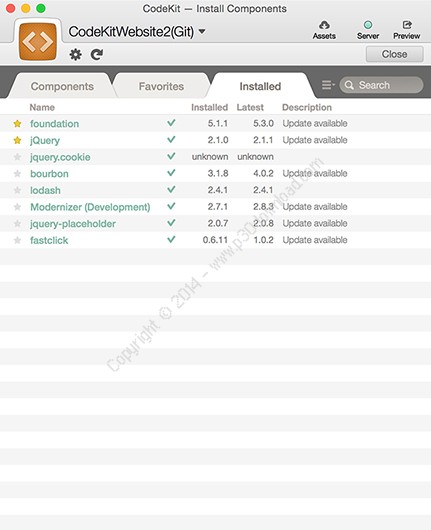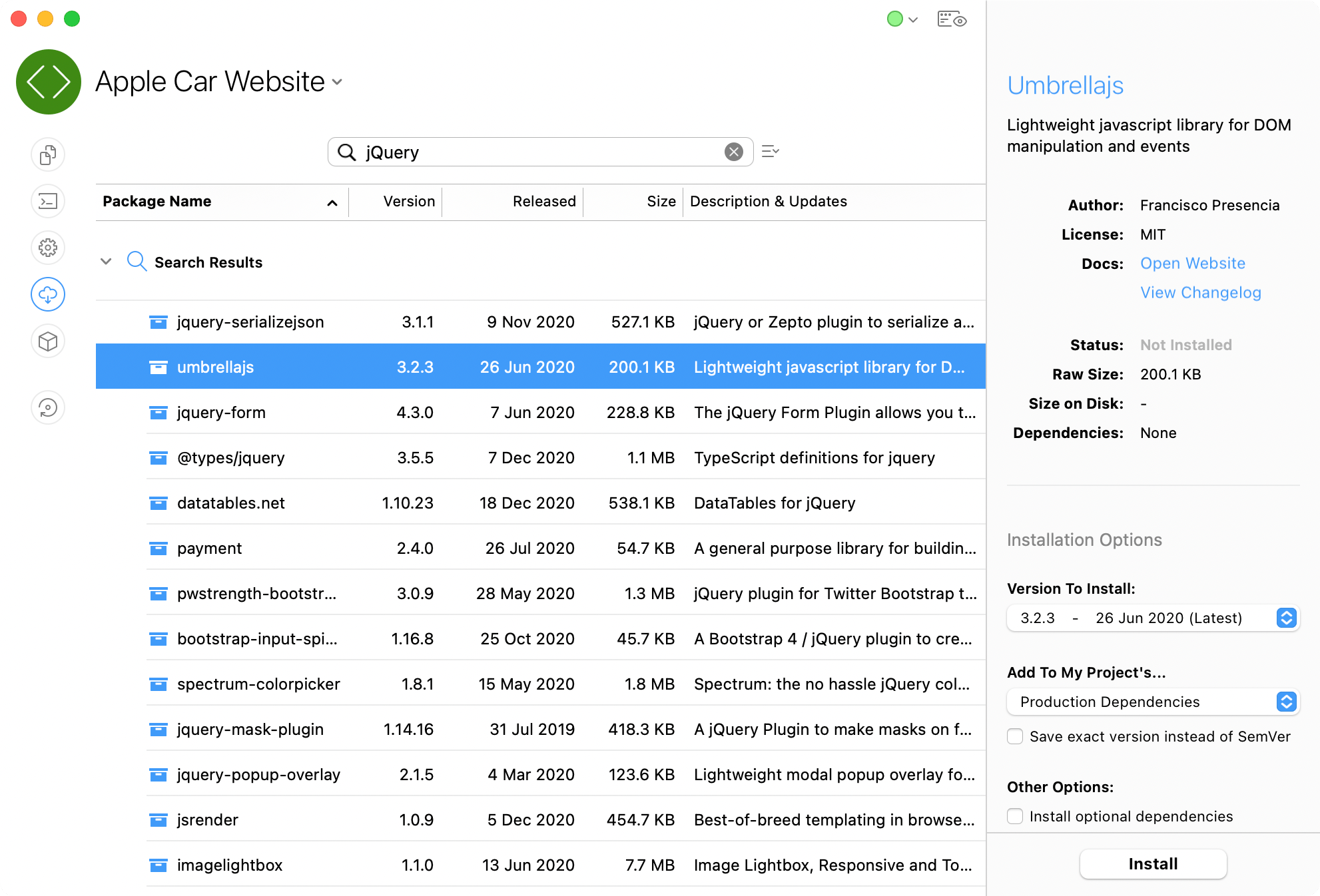

#Codekit and compass code#
what the page looks like once the DOM has been styled by your (somewhat preprocessed) CSS code and manipulated by your JavaScript. I think the last line kind of says it all: Because of its transversal nature, CodePen focuses on the rendering, i.e. You can even propose your own extensions if you think they should be added. Most importantly, because SassMeister is specific to Sass, it allows you to import Sass libraries (Compass extensions actually). Of course, SassMeister lets you choose the syntax you feel more comfortable with and you even can choose the output style (expanded, compressed, and so on). You can use either stable, or Sass 3.2.14, or even LibSass, the C port of Sass (still running on Sass 3.1.x as of this writing). Obviously then, it does the job better than CodePen. SassMeister, by Jed Foster, is a playground that specializes only in Sass-related stuff. It’s really awesome so if you don’t know about it yet, have a tour and give the Sass features a try. You can also pick between Compass and Bourbon (or none). Regarding Sass, it supports the stable version (version 3.3.4 as of writing) and you can use either the old indented syntax or the SCSS one. It offers everything you need and beyond for front-end testing.

As of writing this, there are two major playgrounds to play with Sass: CodePenĬodePen, by Chris Coyier, Alex Vasquez, and Tim Sabat, is by far the best playground you can use. There are playgrounds, or online tools, that allow you to write Sass and see the compiled CSS and (sometimes) the way the code will render. People usually don’t want to add Ruby to their stack just to see what Sass is worth.įortunately, you can try Sass online. This is the main thing that leads beginners to use LESS or Stylus, which are written in JavaScript (Node, actually). And while Ruby is a popular language, front-end developers usually do not know Ruby. What if I tried to enlighten the path by showing you what I think are the most valuable Sass tools? Sounds cool right? Let’s go. The more there is, the more you have to look in order to find the thing you want. It has a whole ecosystem growing around it (starting with Compass) - Playgrounds, applications, grid systems, libraries, and so on… But it’s not always that easy to dig up interesting stuff about Sass. Since being introduced, Sass has become arguably the most important CSS preprocessor available today. It turns out, the answer to that question is very often Sass - because the syntax is better (and closer to CSS), because it’s permissive, and because it can do a lot of stuff and works well. It has played a major role in popularizing CSS preprocessing, to the point where the question is no longer if you should use a preprocessor, but which one you should use.

Sass was introduced about 7 years ago as a workaround for CSS flaws and has come a long way since then.


 0 kommentar(er)
0 kommentar(er)
